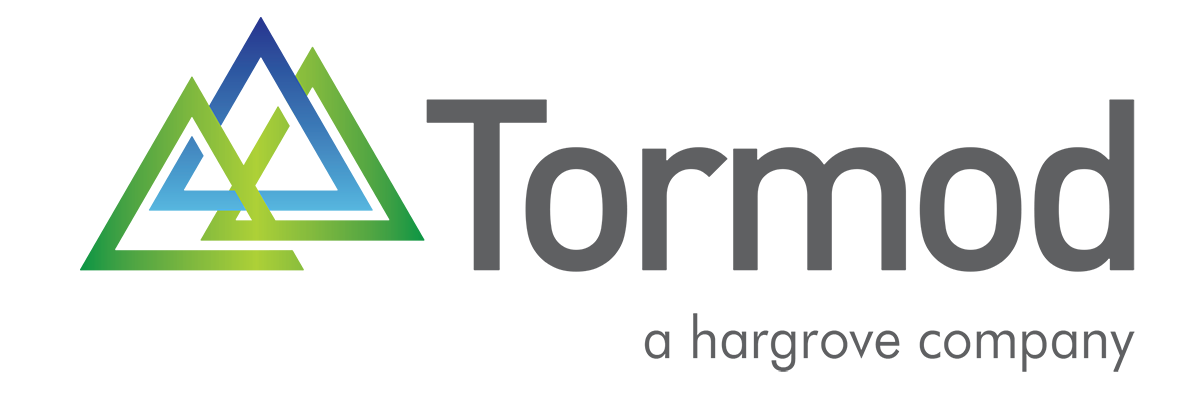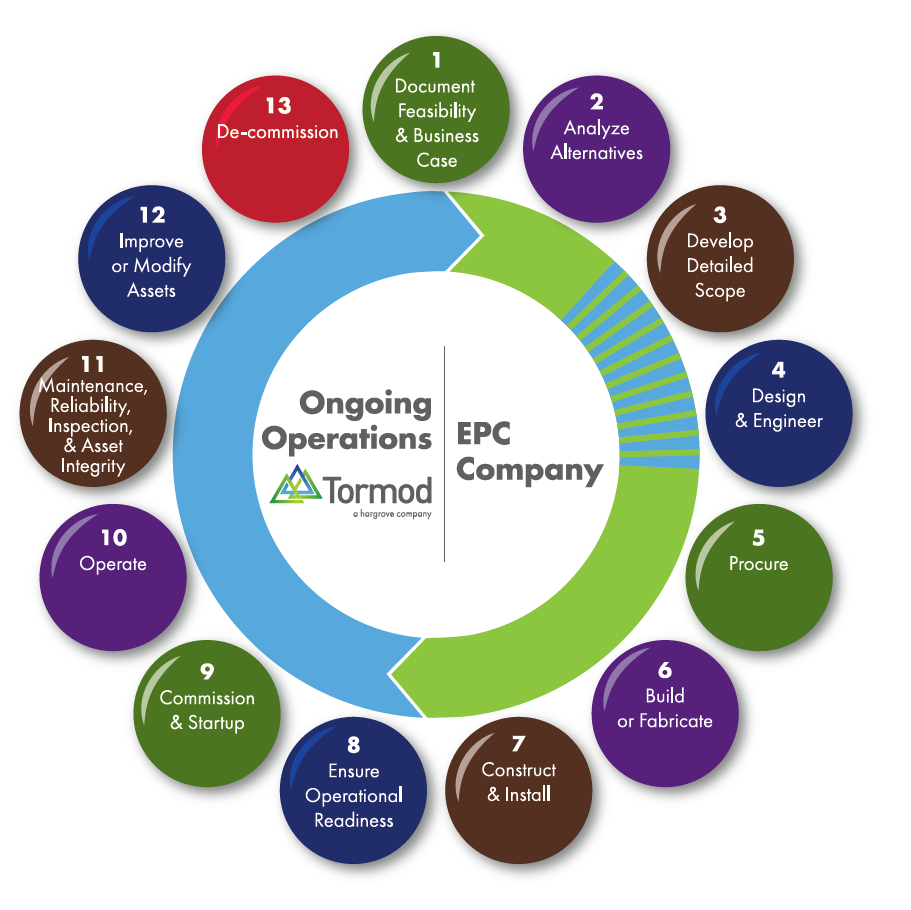Imagine you’re a plant manager with plans for a new, greenfield plant, on the critical path, and ready to begin construction. However, a detailed scope and realistic timeline have yet to be determined, so the plant’s permitting cost can’t be pragmatically quoted until sufficient information becomes known. You’re eager to initiate work for the project, so you decide to bid out the work.
Do you request a lump sum or time & materials (T&M) quotation for this work?
Working with an Undefined Scope
When the scope of the project is not yet defined, such as is the case with the example above, the project cost risk is enormous. Project cost risk must be owned by someone and when using a lump sum pricing methodology, suppliers are forced to own the project cost risk. If a supplier provides a lump sum price for the un-scoped project, they will inflate the lump sum price to compensate for owning this risk.
In cases such as this, suppliers will also pay close attention to each detail of the project’s execution, looking for opportunities to force project change notifications (change orders), thus increasing the project’s cost. This process also causes unnecessary delays while change orders are negotiated and approved. These delays are on the project’s critical path and postpone the project’s construction, commissioning, and startup dates.
Managing a large, complex project in an environment of constant change order negotiation and documentation requires additional staff and can dampen the morale of the combined project team. Typically, productivity is lower and turnover is higher in this type of antagonistic (“us vs. them”) project environment. Activities that do not drive the project forward waste time, money, and resources. Ultimately, this low-trust, high-risk environment results in higher costs and more time expended.
Choosing a Time & Materials Approach
T&M is the superior pricing approach when the scope is not well-defined. Executing a project using a T&M pricing approach with a trusted, professional supplier will ultimately result in the lowest possible total cost. This can occur when all suppliers and professionals on the team are committed to the project as well as tracking and managing the proper Key Performance Indicators (KPIs).
The key to success is the talent, focus, and commitment of the team. When this recipe is correct, it reduces the need for change orders. If a scope change is understood, documented, reviewed, and approved by trusted project management staff, the entire team responds professionally and completes the work in a timely manner. Team morale is enhanced, and the project is on a direct path to achieving its planned milestones.
To meet aggressive milestone dates, look for a partner that utilizes the advantages of Agile Project Management when the complete project scope is not fully defined. The Agile methodology results in better, faster, lower cost projects when time is of the essence and there are risks and uncertainties regarding scope and timeline. A T&M procurement strategy is normally the optimal approach when this situation exists.
Selecting a Trusted Partner using a T&M Approach
Choosing the T&M approach with a trusted, professional partner like Tormod will result in lower project costs and timely project results.
To learn more about Teaming with Tormod, visit our website.



